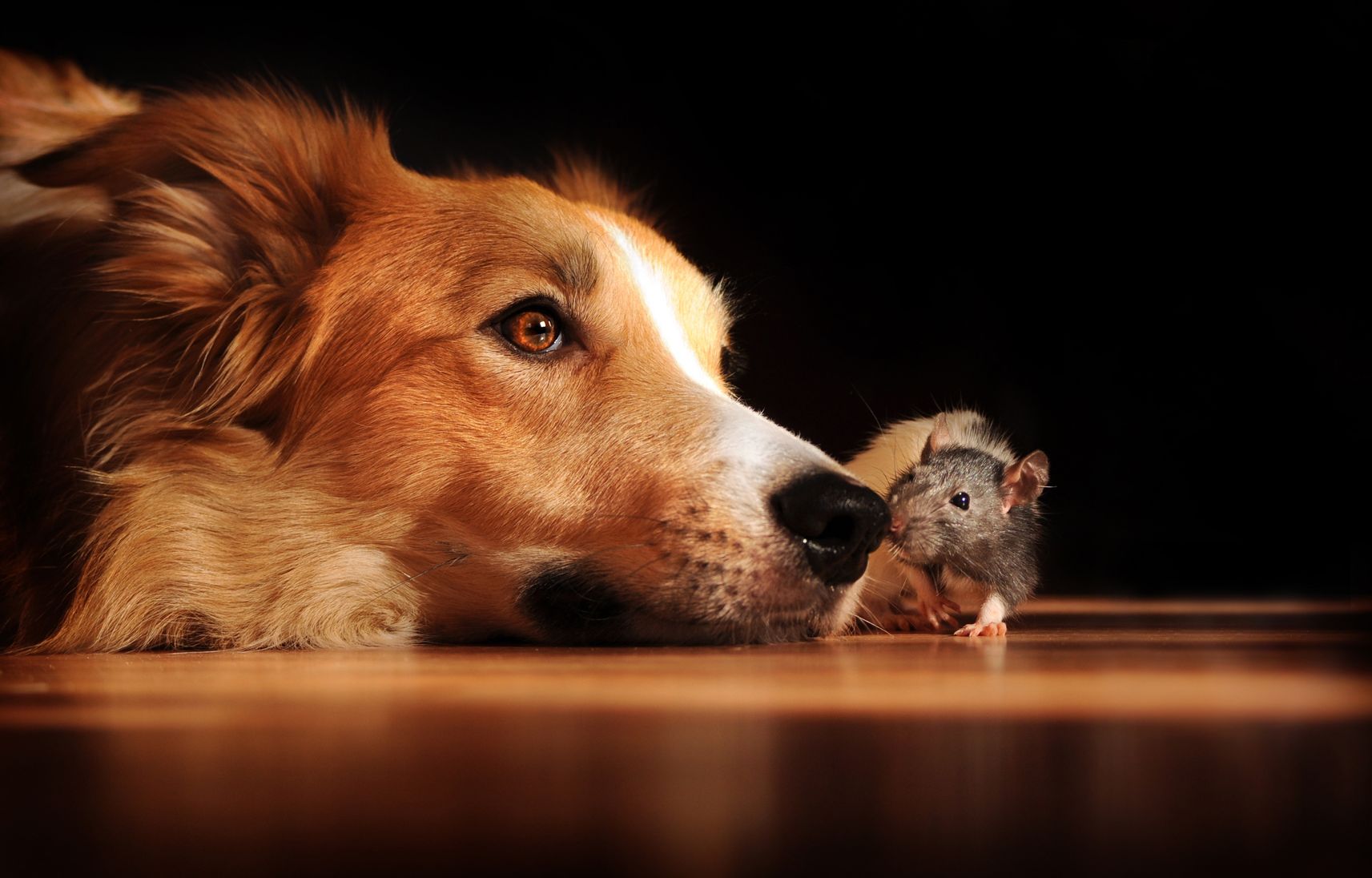In a discussion regarding my article “Hot Tube Time Machine” an individual asked a valid question: So practicing with only live tubes with a dog who hits on everything is not a good idea??
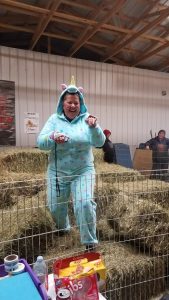
In my defense, it was Halloween and there had been an awful lot of Timbits plus a Borscht Off.
Excellent question! The answer is, it depends. I know that I have once again failed to ride in on my rainbow unicorn waiving my magic wand but all humor aside, the training tools I use in this situation vary based on the individual team. We need to take a moment to really examine the behavior.
Often, handlers who come to me stating their dog is alerting on all tubes always are expressing their own frustration in their team’s performance. The handler’s feelings are valid. The actual pattern of behavior, however, is often different from the handler’s perception. In my experience, there are very few dogs who alert on all the tubes all the time regardless of training and practice. They are definitely out there, but it is more common that there are one or even many factors influencing a dog’s behavior in the ring which results in false alerts or miss calls.
In nearly every case, however, the very first step is to stop trialing. There are three very simple reasons for this. First, get the most bang for your buck. Dog sports are not inexpensive. Spending some time and yes, probably some dinero, on quality training can save entry fees in the long run, or at the very least, maximize your penny per second ratio. It will also take the pressure and frustration off you, your dog and your wallet while addressing the issue.
Second, you wouldn’t try to race a dog in flyball that isn’t retrieving yet or compete in obedience with a dog that isn’t sitting yet. Stepping into the competition ring while training through a difficult issue like this can lead to set backs, confusion and you guessed it, frustration. Why? The parameters of the game are not often consistent, particularly early in the training progression for a significant issue such as this.
Third, dog sports are fun. Yes, we are competitive but we are not solving world hunger by whether we qualify. We are not out making millions of dollars in the straw. But we do have the very best friend in that ring with us and at one point, we just wanted to have fun with our dog. (I hope you never lose that either!) Chances are, if alerting on litter tubes is a real and consistent issue for your team you are frustrated and not having fun. Guess what? You dog probably isn’t either which can perpetuate the issue and has the very disheartening consequence of potentially harming a very special relationship between you and your dog. I know this because I have been there. It was hell and it felt awful.
Now that we have made the difficult but responsible decision to spend some time away from the competition ring, take a moment to review your criteria. Don’t roll your eyes at me. Just a moment. With that in mind, it is time to objectively evaluate the frequency of a false alert and what events, if any, led up to the false alert. Get out the pen and paper. Make notes on both qualifying and non-qualifying runs. (Note: If you have qualifying runs, your dog did not hit litter all the time. Score one for the team!) This is where taking video of your training and competition runs is very helpful. Here are just a few items to consider:
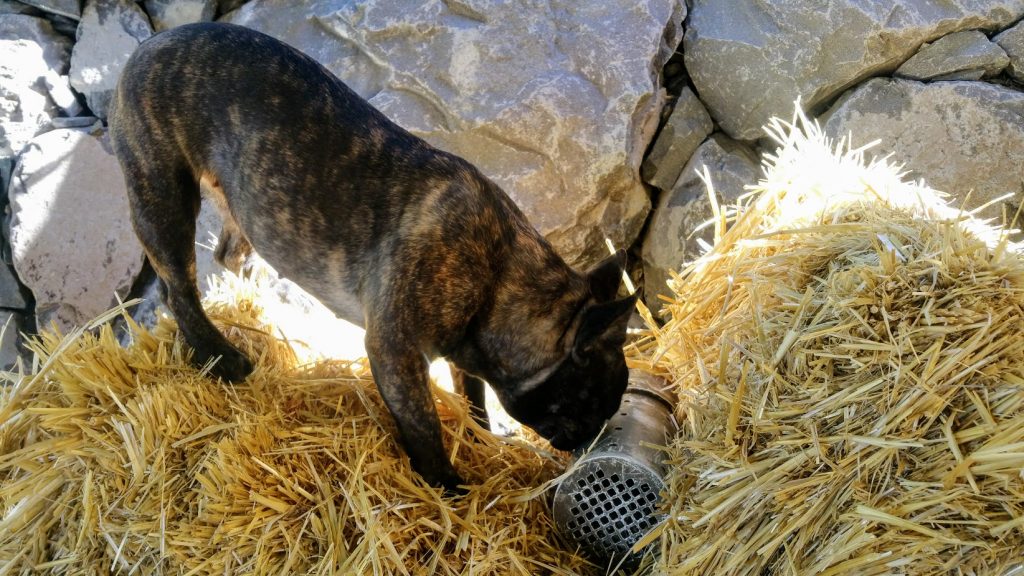
Kiwi (French Bulldog)
What precisely is our criteria at this moment?
I would like to tell you that once a behavior has been established, both you and your dog are set for life but that simply isn’t the case, is it? This is great news because otherwise a dog who jumps on people for attention could never learn that sitting politely was a more effective and highly rewarding way of gaining said attention. But this can go the other way as well. Remember the scenario where dogs learned that any tube resulted in a party with a live tube? That is a change in criteria which is heavily reinforced. Take a moment to consider what the desired behavior looks like. Next, take a moment to honestly and objectively consider what it currently looks like now. Are they the same? If not, it may be necessary to take a few or even a several steps back before we can move forward.
Does this dog alert on litter tubes in practice?
If a dog consistently alerts on litter tubes in practice, it is time to take a step back and reevaluate the training strategy for this individual. However, if a dog consistently only alerts on live tubes in practice but frequently alerts on all tubes in a trial situation, we need to better understand the differences between our training and trialing situation.
At what point in a competition run does the dog alert on litter tubes?
A highly-aroused dog is more likely to alert on the first available tube. Conversely, a dog who searched for a long period of time without finding a live tube may alert on a litter tube he has passed by several times simply out of frustration, stress or worry. There are dogs who have learned through repetition and reward history that all tubes lead to a live tube. The criteria for these dogs has changed from seeking a live tube to seeking any tube.
What was the handler doing?
Humans. We’re amazing. We are also an open book to our incredibly talented body language interpreting canine companions and we play a very significant role in false alerts. Many of our subconscious behaviors, such as suddenly freezing in the “Omg, you are just about to find it, I need to be ready for an epic fiesta!” stance in practice when a dog approaches a known live tube, become predictors that a reward is coming. If we don’t proof for what I lovingly call “Stupid Human Tricks”, if the handler locks up in a trial while the dog is investigating a litter tube there is a high probability the dog will alert on that tube. Why? The lock up is a type of cue that means, “FIESTA IS IMMINENT! ALERT! ALERT! ALERT!” Yes, we do this and often we don’t even realize we do it.
As humans, we are also tremendously talented at believing with all our two-legged olfactory challenged being that we absolutely KNOW that the vague pile of straw before us is absolutely 100% without a doubt a live tube. With great enthusiasm (and some exasperation because HOW can our super sniffing canine NOT know this is a rat?), a handler can talk a dog into alerting on a tube the dog had only passing interest in.
I could go on, but let’s be fair to our dog, we play a role in this problem too. Don’t be too hard on yourself. Your dog isn’t a machine and neither are you. You both will have good days and bad days and that is okay.
Once you have made the difficult but critical, responsible and yes, admirable decision to take a hiatus from trialing and spent some quality time reflecting on the training issue at hand, it’s time to put together a training plan.
I need to pause for a moment and reiterate something very important:
EACH DOG IS AN INDIVIDUAL.
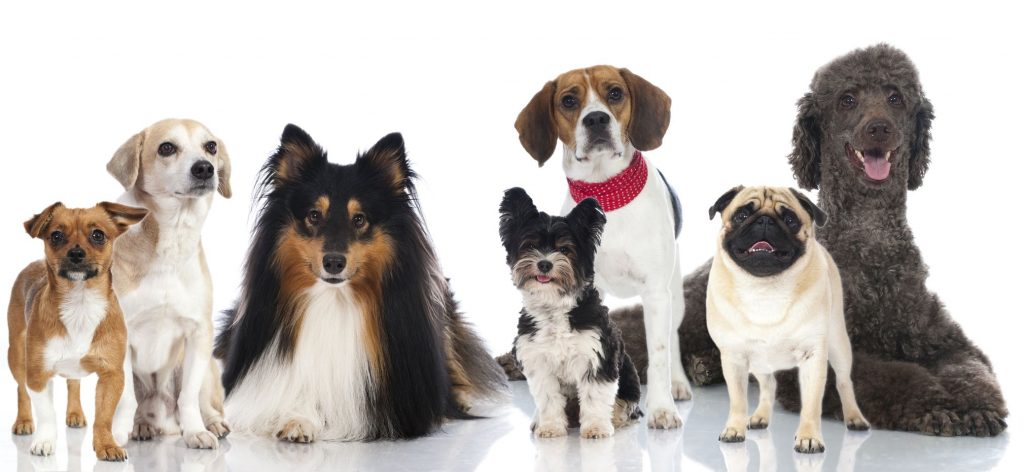
Although we do not necessarily need to reinvent the Wodent Wheel for each dog. What works for Fluffy may not work for Fido. Train the dog in front of you. If you are working with a trainer who insists that there is only one true way (usually theirs, by the way) of finding resolution advocate for your dog and for yourself. You can absolutely without a doubt say NO. With that said, it is also important to have an open mind. I am pretty sure the first time I threw a team in a ring without a single live tube, the entire class thought I had lost my mind and yet now, it is one of many tools we use in regular training. Remember you and your dog are like snowflakes, advocate for your team and have an open mind.
Now that I have said all that, here are two exercises I often employ in this situation as part of a larger training plan.
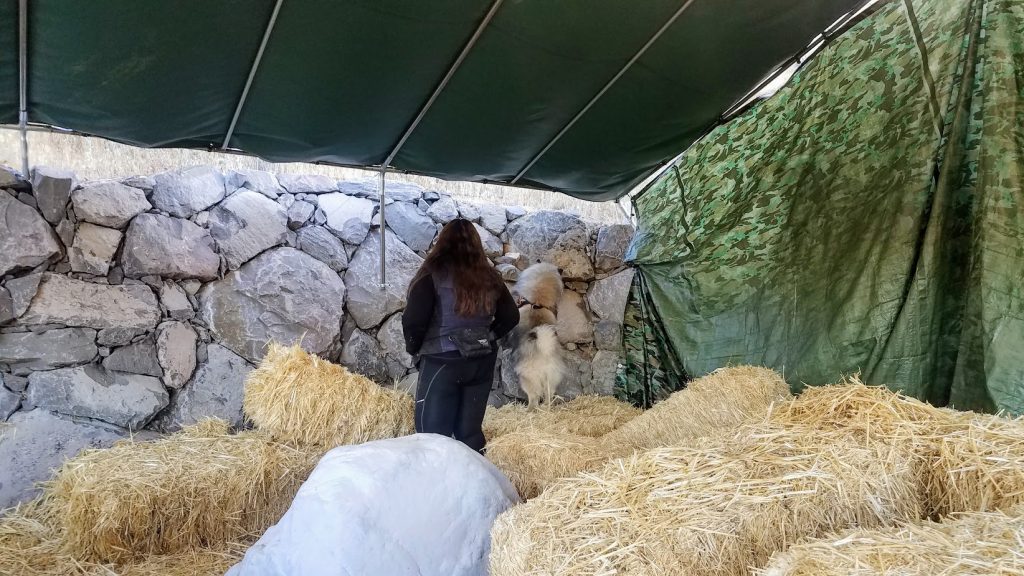
Legend has it that sometimes there really ARE no live tubes on the course. Wiley (Keeshond) is communicating that the only live tubes available are outside this ring and we should go there RIGHT NOW.
Clearing the Course for Confidence
One exercise I introduce early into training is the concept of clearing, the first stage of which is allowing a dog to work a ring devoid of any tube. Although repeatedly working an empty ring may result in demotivation, it is not only a useful skill but an essential skill for a team to have at all levels of competition. It is particularly helpful for dogs who struggle with criteria because in this specific exercise, there is only the opportunity for success. It can help to create calm focus in an easily aroused, stressed or even frustrated dog while also providing the handler with an essential opportunity to better understand their dog’s working style and changes of behavior. Most importantly, the dog is rewarded for searching even though nothing was found, which gives us another opportunity to build confidence and motivation in the ring. The dog is heavily rewarded for “clear” change of behavior – this could be bringing a live tube back in (not so coincidentally in line with the gate or where live tubes have been taken to, but that is another discussion entirely), animated food games or even a good old fashioned game of fetch or tug. The party then continues out of the ring. I personally end the training session with an additional run, initially with an easy to moderately easy run with only one or two live tubes and no clearing. This is just the first step to using clearing to build confidence for the team while clearly reinforcing that if there isn’t a rat in there, there’s no reason to interact with it.
There are a couple other bonuses to teaching clearing for all levels of competition: decreased times through more efficient work and a very smooth transition into a successful and fun career in masters.
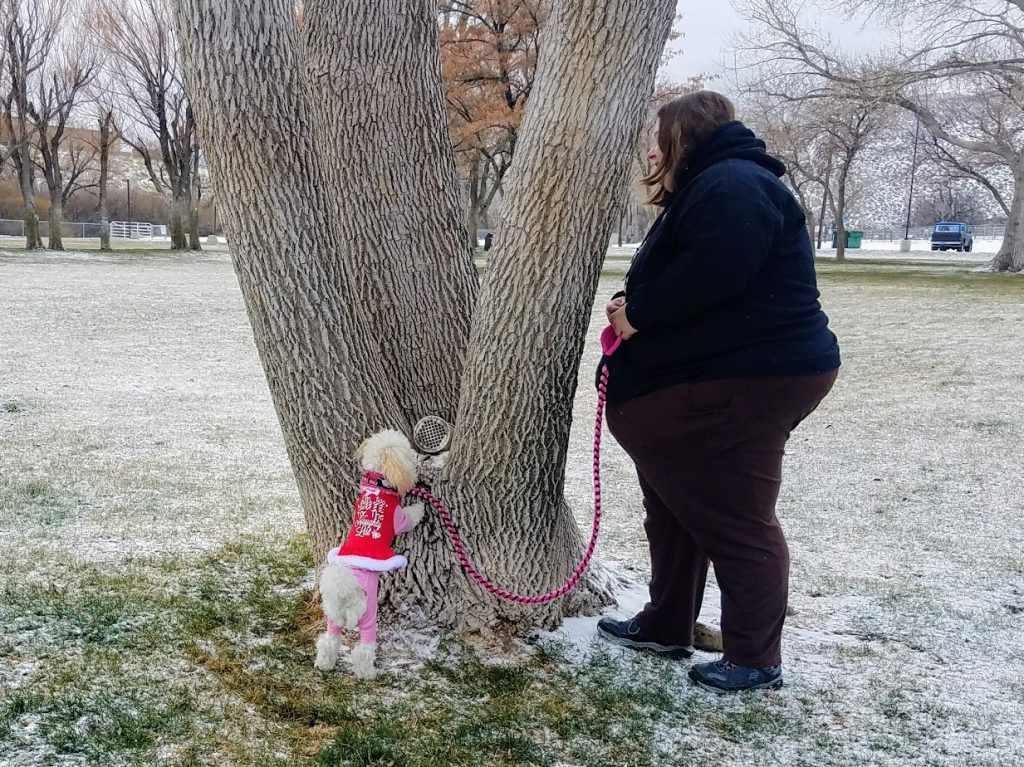
Sarafina (Poodle) can find those rats ANYWHERE, even in trees!
Take the Show on the Road
Not all barn hunt training need be performed among the straw bales. In fact, it can be extremely beneficial to work away from the same old barn hunt scene. Remember that dogs are incredibly talented at picking up patterns and making associations between A and B (and frankly A, X, U, I, Q, B) without our help. If a dog has a negative conditioned emotional response to the barn hunt ring which is leading to alerting on litter tubes to end the run, working in varying environments can play an important role in renewed confidence and enjoyment for both the human and canine part of the team. Additionally, there is a specific segment of dogs who become over stimulated by the presence of straw that results in indiscriminate alerts – often only in trial settings when adrenaline is running high. These same dogs often will ignore a literal field filled with litter tubes and find just that one live tube. Working in different places also gives us an incredible proofing opportunity as we move forward.
There is another benefit to taking the show on the road. We as humans pattern as well. Working in a different environment creates an opportunity for new perspective and learning. One of my favorite ways of helping handlers better see a dog’s change of behavior is to drop them in a field and send them to work. Without straw, suspicious mounds and ring gates a handler often sees their dog work in a whole new way that really isn’t new at all.
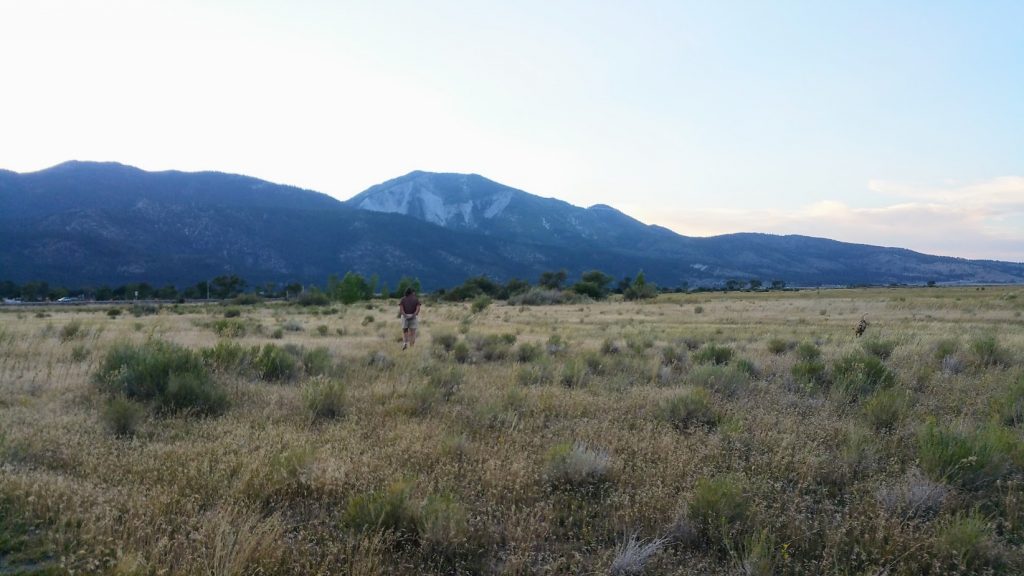
This photo of Leslie and Lily (Golden Retriever, look to the right) was taken during a Barn Hunt Class field trip where the focus was reading change of behavior and building handler confidence.
The training plan developed will depend on the individual team. These are just two tools in the box we can use to work through a difficult challenge. And remember, this is a game. It is not life or death. Let go of the baggage, pet your dog and work through it together as a team. As always, if you need help – ASK!
A note from the author: Thank you so much to the individual who asked an excellent question!
Written by Liz Carter
Copyright 2016. All Rights Reserved. This article may be shared in its entirety with credit given to the author and Revolution Dog Sports
About the author
